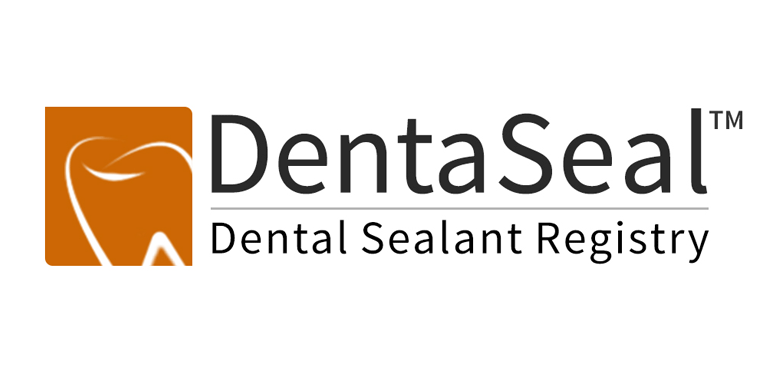Delta Dental of Wisconsin has awarded $170,000 to the Institute for Oral and Systemic Health (IOSH), a division of Marshfield Clinic Research Foundation (MCRF), to expand its research and development of DentaSeal.
DentaSeal is a secure, web-based dental sealant registry software program developed by the DentaSeal project team at MCRF. The project team worked with Children’s Health Alliance of Wisconsin and the Wisconsin Department of Health Services (DHS) to understand business needs of school-based sealant programs. Delta Dental of Wisconsin has supported DentaSeal since its inception.
“Delta Dental of Wisconsin has a longstanding collaborative relationship with Marshfield Clinic and has been working with IOSH on key research and development projects,” said Narayana Murali, M.D., Marshfield Clinic executive director. “Delta Dental’s contribution to supporting school-based sealant programs (SBSP) and necessary health information technology tools is a true testament to their public health mission and commitment to serving communities in our state.”
More than 40 percent of children have tooth decay by kindergarten and the prevalence of tooth decay in poor children under the age of 5 is increasing, according to the American Academy of Pediatric Dentistry.
Dental sealant application is considered an evidence-based, preventive strategy for children and is commonly used in private practice dentistry. SBSPs increase sealant use and reduce tooth decay by targeting schools serving children from low-income families and focus on sealing newly erupted permanent molars.
DentaSeal can be used to:
- Capture, evaluate and track effectiveness and efficiency of SBSPs across multiple years.
- Serve as an intuitive data capture tool that provides users the ability to accurately collect/look up a child’s oral health/dental sealant information.
- Be a real-time reporting tool that queries useful information during the school year and for end-of-year reports.
“DentaSeal is revolutionizing the way school-based sealant data is collected and keeps Wisconsin at the forefront in this arena,” said Matt Crespin, associate director, Children’s Health Alliance of Wisconsin. “The ability to more accurately collect timely data is a critical area that DentaSeal addresses. Programs statewide have welcomed and embraced this change.”
Wisconsin’s Seal-A-Smile sealant program, with support from Delta Dental, is a nationally recognized model for SBSPs’ implementation and success. Children’s Health Alliance leads and manages the Seal-A-Smile program in collaboration with DHS’ Oral Health Program.
DentaSeal was used extensively within Wisconsin’s 40 Seal-A-Smile programs and supported approximately 50,000 children’s dental sealant records during the 2014-15 school year in Wisconsin. An enhanced, stable version of DentaSeal with unique features like dashboard capabilities, enhanced tooth charting features, fiscal management and reporting services is being developed for the 2015-16 school year.
“The ability of our software to track dental sealant treatment outcome across multiple years for children in Wisconsin’s SBSP makes it powerful,” said Amit Acharya, B.D.S., Ph.D., IOSH director and DentaSeal project director. “We look forward to collaborating with other states to disseminate our product in the future.”
Besides Dr. Acharya, DentaSeal project team members are Joe Ellefson, technical advisor; Annie Steinmetz, project manager; Will Ray, application architect and lead developer; Dixie Schroeder, project coordinator; Kate Baker, usability analyst; Ryan Frahm, systems administrator; Shawn Halstead, database administrator; and Harshad Hegde, programmer analyst. This team collaborates with Delta Dental, Children's Health Alliance of Wisconsin and DHS to further refine software.
“The grant for DentaSeal embodies all components of Delta Dental’s mission – to improve oral health by extending access to care, advancing science and supporting an effective oral health workforce,” said Dennis Brown, Delta Dental CEO. “By developing improved data tools, we can help advance science and support the dental workforce that provides care at school-based programs.”



